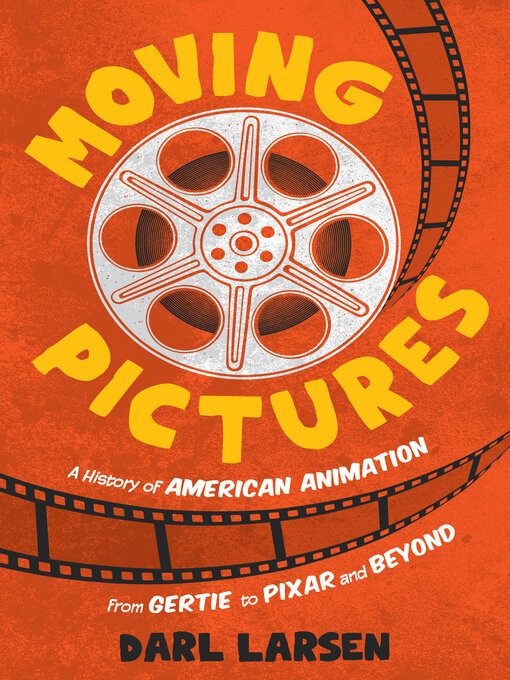Take a deep dive into the history of cinematic animation in the United States with the "remarkably thorough and detailed" (Choice) book that Publishers Weekly says is "a lively chronicle of a perennially evolving medium."
Animated films started with simple sequential drawings photographed one at a time—little bits of comedic fluff to make amateur title scenes or surreal escapist sequences. Today, animation is a worldwide industry valued at nearly $300 billion and still growing in scope and popularity.
In Moving Pictures, Darl Larsen playfully lays out the history of American animation as it transitioned from vaudeville sub-feature to craftsman-like artistry to industrial diversion and, ultimately, to theatrical regulars on par with blockbusters. Larsen identifies and discusses the major figures, movements, and studios across the nearly 120 years of animation in the United States. Progressing chronologically, the book follows animation from stage performance through to its use as wartime propaganda, its seven-minute heyday and decamp to television, and finally the years of struggle as cartoons became feature films.
Covering everything from the generations preceding Mickey Mouse to recent releases such as Super Mario Bros., Moving Pictures is an essential read for movie fans and a nostalgic revisiting of some of America's favorite films.



